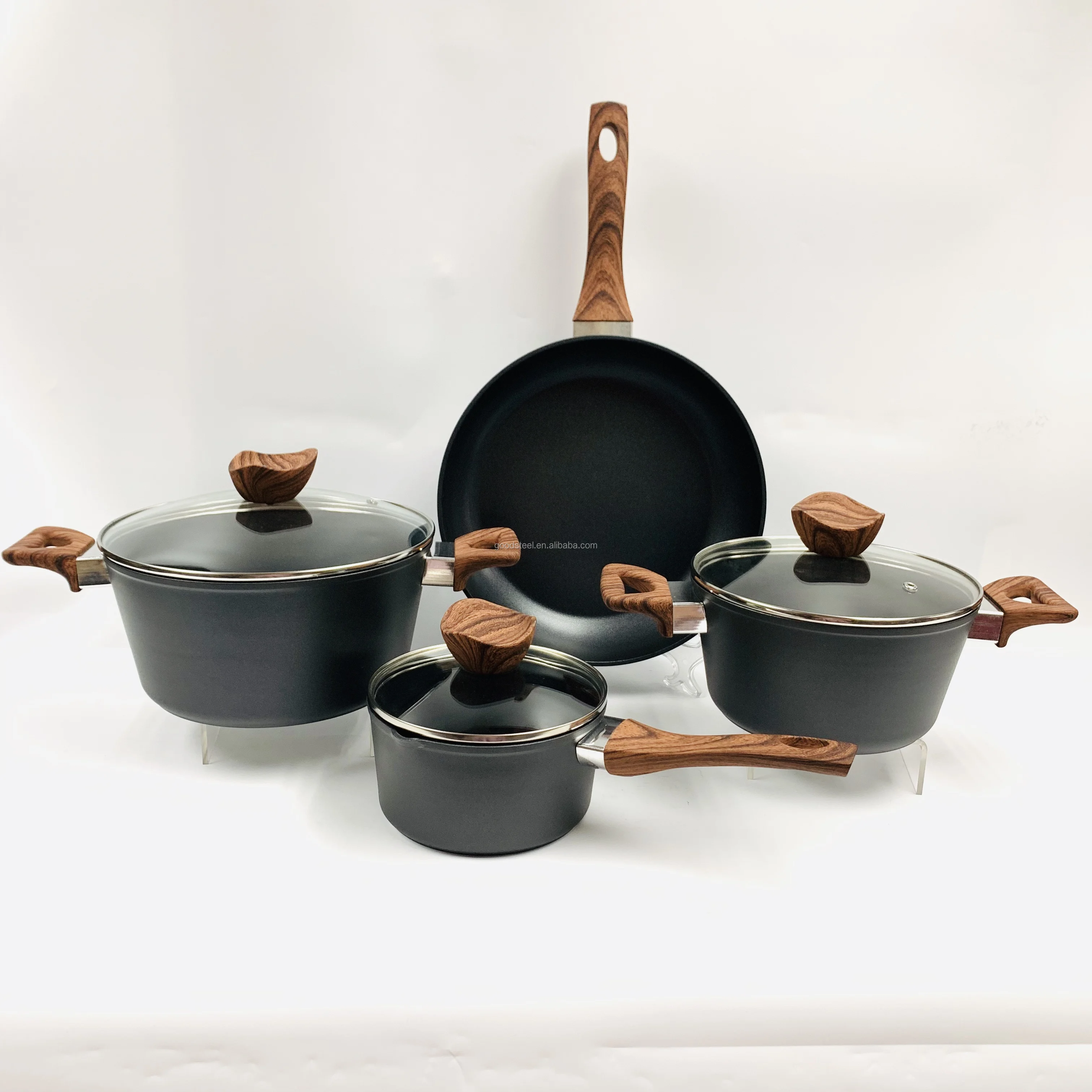
Li Zhan, Xinghao Song, Wei Deng, Tongye Wei, Li Huang, Xiaolin Wei, Chengxin Wang.A review on the recent advances in binder-free electrodes for electrochemical energy storage application. Ong Gerard, Arshid Numan, Syam Krishnan, Mohammad Khalid, Ramesh Subramaniam, Ramesh Kasi.Synchrotron radiation based X-ray techniques for analysis of cathodes in Li rechargeable batteries. Jitendra Pal Singh, Anil Kumar Paidi, Keun Hwa Chae, Sangsul Lee, Docheon Ahn.ACS Sustainable Chemistry & Engineering 2021, 9 Bimetallic Hexagonal Layered Ni–Co Sulfides with High Electrochemical Performance for All-Solid-State Lithium Batteries. Mengting Zhu, Jiamin Shi, Xing Xin, Jinghua Wu, Xiayin Yao.This article is cited by 11 publications. The nanosheet electrode also exhibits a promising rate performance that the reversible capacities of 1860, 1610, 1350, 1170, and 1050 mAhg –1 are measured at current densities of 200, 500, 1000, 2000, and 3000 mAg –1, respectively. At a current density of 200 mAg –1, 10% capacity loss is acquired from the binder-free metal sulfide composite nanosheet electrode after 100 cycles. Superior reversible capacity, cycling stability, and rate performance are acquired from the binder-free metal sulfide composite nanosheet electrode compared to the binder-free granular metal sulfide composite film electrode, which is attributed to the unique morphology and structure of the nanosheet array.

Structural characterizations indicate that the nanosheets are composed of nickel cobalt sulfide and nickel sulfide nanocrystals with sizes of 2–5 nm embedded in an amorphous matrix. In this work, metal sulfide composite nanosheet arrays are directly grown on Ni foam substrates using chemical bath deposition to construct binder-free electrodes for Li-ion batteries.


 0 kommentar(er)
0 kommentar(er)
